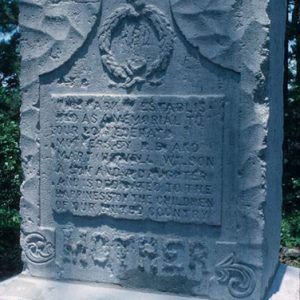 Confederate Mothers Monument
Confederate Mothers Monument
Entry Type: Place - Starting with C
 Confederate Mothers Monument
Confederate Mothers Monument
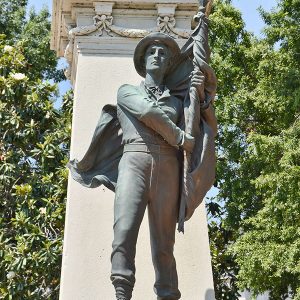 Confederate Soldiers Memorial Detail
Confederate Soldiers Memorial Detail
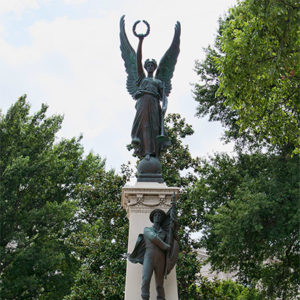 Confederate Soldiers Memorial
Confederate Soldiers Memorial
 Confederate State Capitol
Confederate State Capitol
Confederate State Capitol Building (Hempstead County)
aka: Hempstead County Courthouse of 1836
Congo (Saline County)
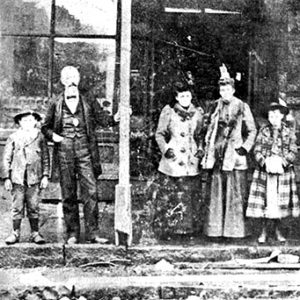 Conner Grocery
Conner Grocery
Contraband Camps
aka: Slave Refugee Camps
Convenience (Independence County)
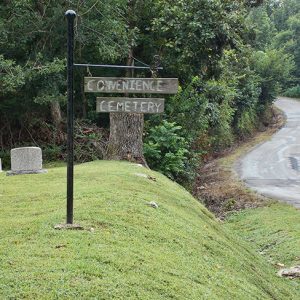 Convenience Cemetery
Convenience Cemetery
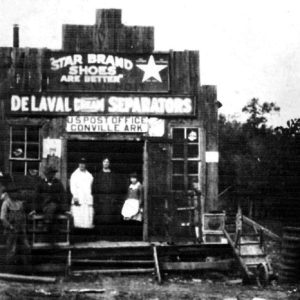 Conville Post Office
Conville Post Office
Conway (Faulkner County)
Conway Cemetery State Park
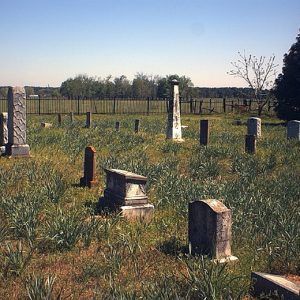 Conway Cemetery State Park
Conway Cemetery State Park
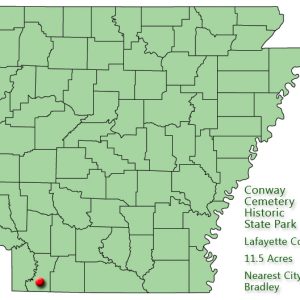 Conway Cemetery State Park: Park Location
Conway Cemetery State Park: Park Location
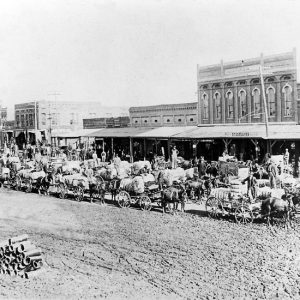 Conway Cotton Wagons
Conway Cotton Wagons
Conway County
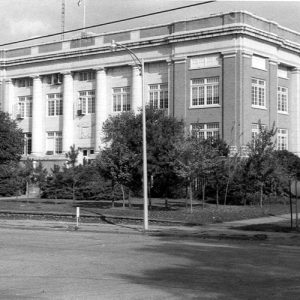 Conway County Courthouse
Conway County Courthouse
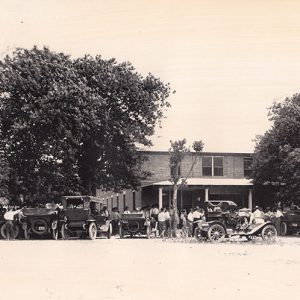 Conway Hotel
Conway Hotel
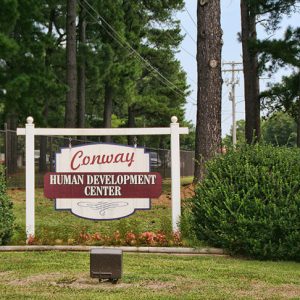 Conway Human Development Center Entrance
Conway Human Development Center Entrance
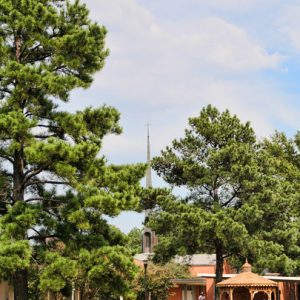 Conway Human Development Center Chapel
Conway Human Development Center Chapel
 Conway Laundry
Conway Laundry
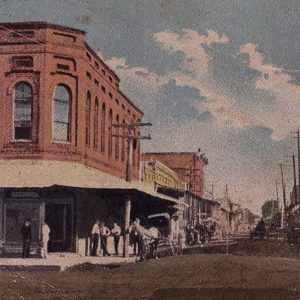 Conway Street Scene
Conway Street Scene
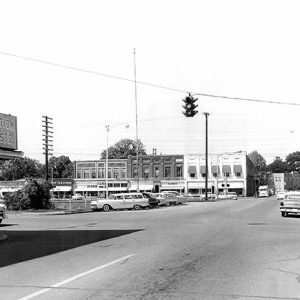 Conway Street Scene
Conway Street Scene
 Conway Train Depot
Conway Train Depot
 Cook-Morrow House
Cook-Morrow House
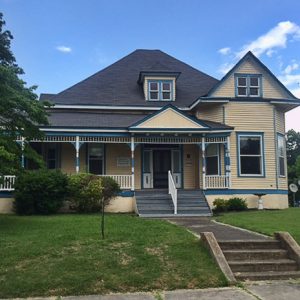 Coolidge House
Coolidge House
 Coolidge House
Coolidge House
 Cooper Chapel
Cooper Chapel
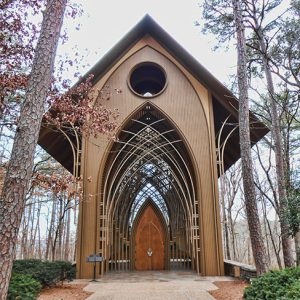 Cooper Chapel
Cooper Chapel
 Cooper Chapel Entrance
Cooper Chapel Entrance
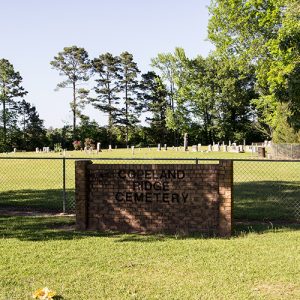 Copeland Ridge Cemetery
Copeland Ridge Cemetery
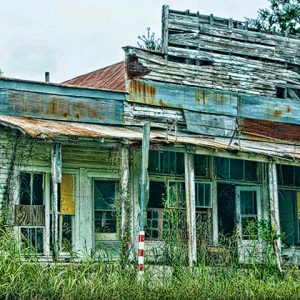 Cord Store
Cord Store
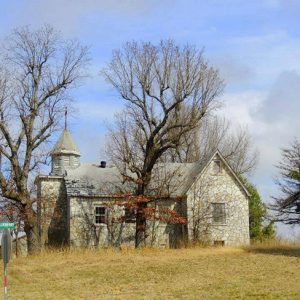 Cord Church
Cord Church
Cord (Independence County)
Corinth (Howard County)
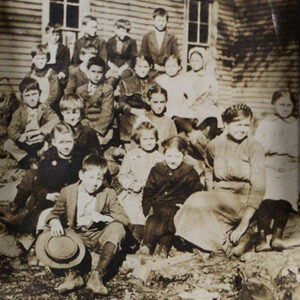 Corinth School
Corinth School
Corinth (Yell County)
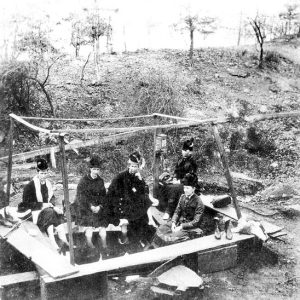 Corn Hole Spring
Corn Hole Spring
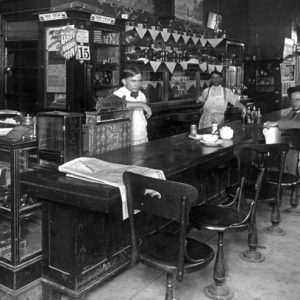 Corner Cafe
Corner Cafe
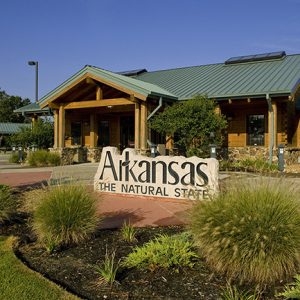 Corning Welcome Center
Corning Welcome Center
Corning (Clay County)
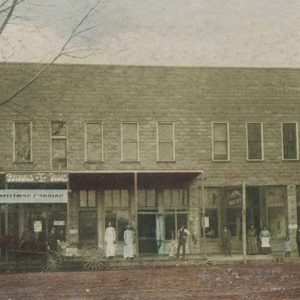 Corning Street Scene
Corning Street Scene
 Cornish House
Cornish House
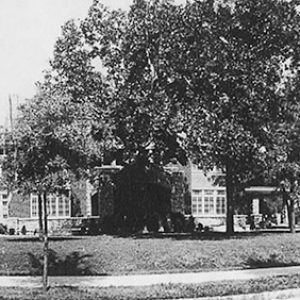 Cornish House
Cornish House
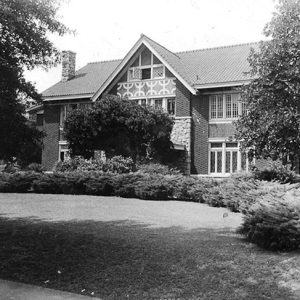 Cornish House
Cornish House
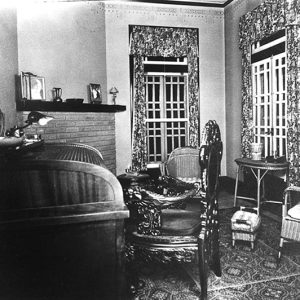 Cornish House Interior
Cornish House Interior
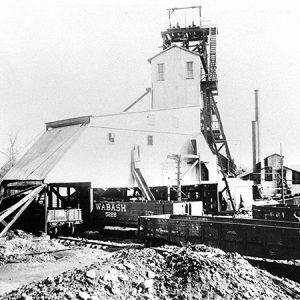 Coronado Coal Company Mine
Coronado Coal Company Mine
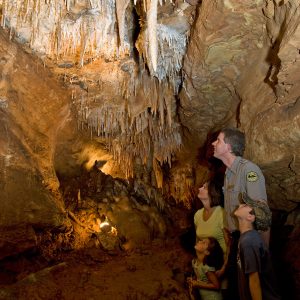 Cosmic Caverns
Cosmic Caverns
 Cossatot River State Park
Cossatot River State Park




